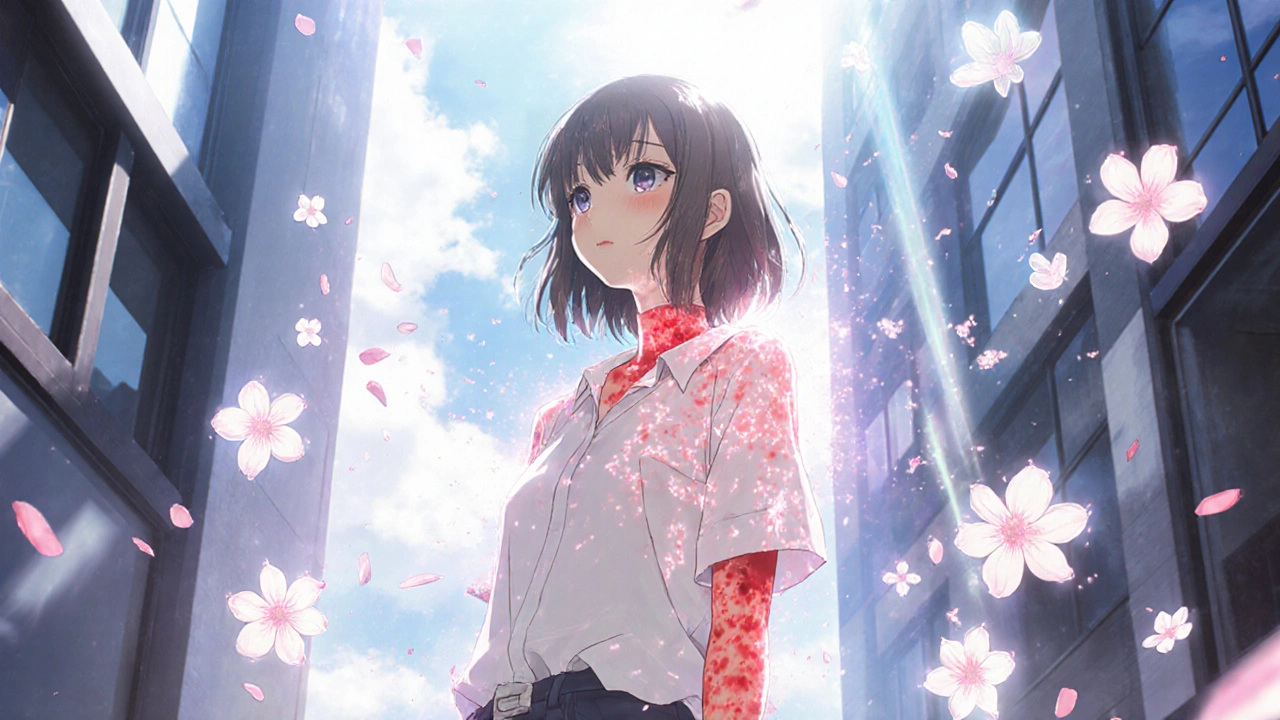Phototoxic Reaction: What It Is, Which Drugs Cause It, and How to Stay Safe
When your skin reacts badly to sunlight after taking a medication, you’re likely dealing with a phototoxic reaction, a harmful skin response triggered by the interaction of certain drugs and ultraviolet (UV) light. Also known as drug-induced photosensitivity, it’s not an allergy—it’s a chemical burn caused by the drug absorbing UV rays and damaging skin cells. Unlike sunburn, this reaction shows up fast, often within minutes or hours of sun exposure, and it’s more common than most people realize.
Many everyday medications can cause this. Antibiotics like doxycycline, a tetracycline-class antibiotic used for acne, Lyme disease, and other infections, are top offenders. So are nonsteroidal anti-inflammatories like ibuprofen, diuretics like hydrochlorothiazide, and even some antidepressants and chemotherapy drugs. The reaction usually appears as a severe sunburn—red, painful, sometimes blistering—only on areas exposed to light. Your cheeks, neck, arms, and the backs of your hands are most at risk. If you’ve ever had a rash after taking a pill and spending time outside, even on a cloudy day, this might be why.
People with cutaneous lupus, a form of lupus that affects the skin and is worsened by UV exposure are especially vulnerable. In fact, photosensitivity is one of the hallmark symptoms. But even if you don’t have lupus, a phototoxic reaction can happen to anyone on the right drug. Indoor lighting, especially fluorescent and halogen bulbs, can also trigger it in rare cases. The good news? It’s preventable. You don’t need to stop your medication—just learn how to shield your skin. Wear broad-spectrum sunscreen daily, even when it’s overcast. Cover up with long sleeves, wide-brimmed hats, and UV-blocking sunglasses. Avoid the sun between 10 a.m. and 4 p.m. when UV rays are strongest.
Some drugs, like azelaic acid, a topical treatment used for acne and rosacea that can increase skin sensitivity, are applied directly to the skin and can make you more prone to reactions. Others, like tretinoin, a retinoid used for acne and anti-aging that thins the outer skin layer, do the same. If you’re using these topicals, you need to be extra careful. Always check the label of any new medication—whether prescription or over-the-counter—for warnings about sun sensitivity. Talk to your pharmacist. They know which drugs carry this risk and can help you adjust your routine.
What you’ll find in the posts below are real, practical guides on drugs that cause this reaction, how to recognize the early signs, and how to manage your treatment without giving up your life outdoors. From doxycycline safety in kids to how retinoids affect your skin under sunlight, these articles cut through the noise. No fluff. Just what you need to know to stay protected while staying healthy.
Photosensitivity from Medications: Sun Safety and Skin Protection Guide
- DARREN LLOYD
- 11
Many medications can make your skin dangerously sensitive to the sun, leading to severe burns, blisters, and increased skin cancer risk. Learn how to protect yourself with the right sunscreen, clothing, and habits.
READ MORE
